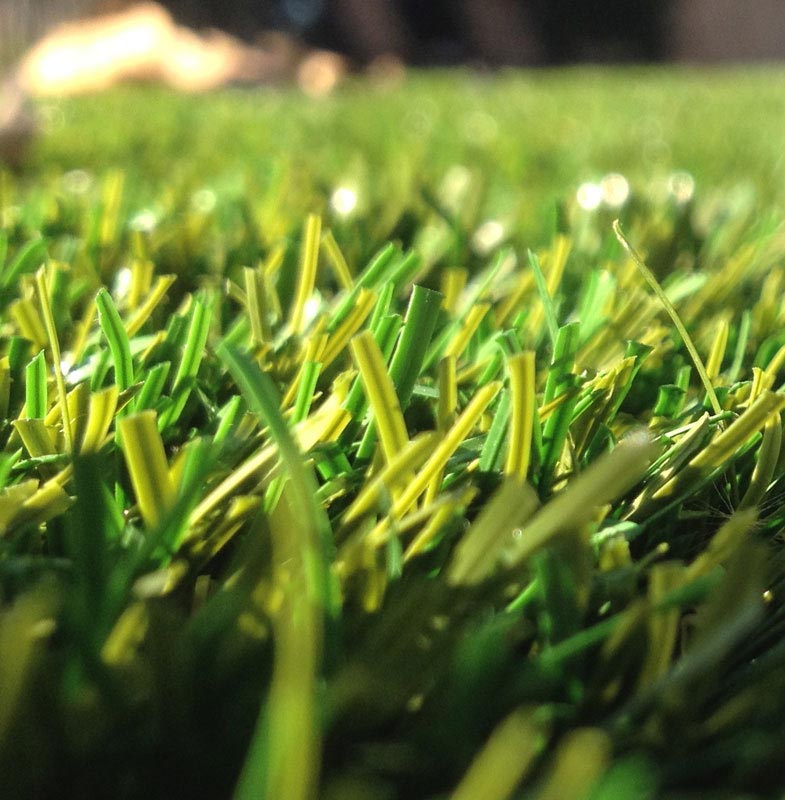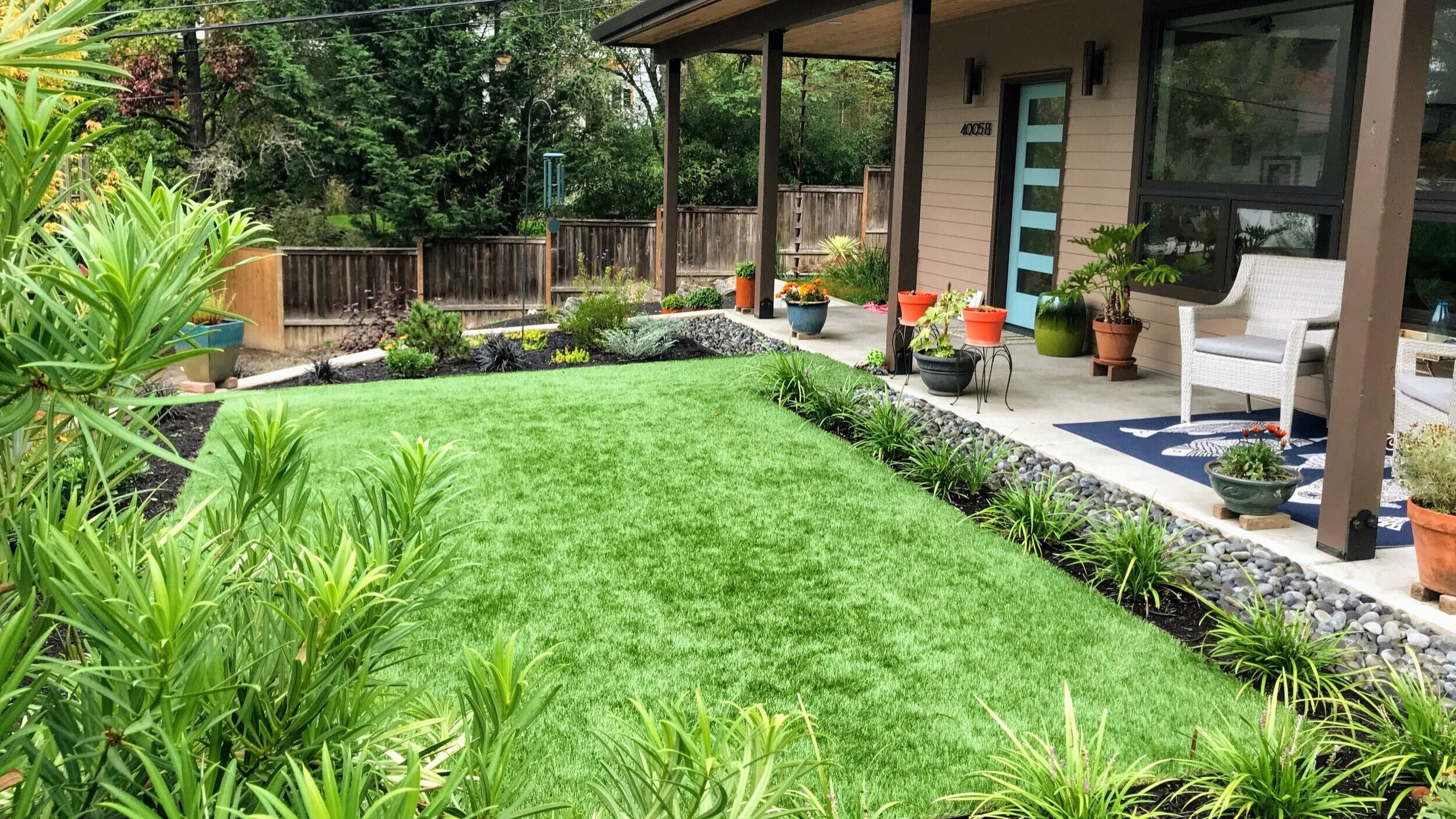Find Reputable Artificial Turf Companies Phoenix for Your Landscaping Needs
Wiki Article
Look Into the Environmental Conveniences of Opting for Synthetic Grass Solutions
The adoption of fabricated lawn solutions offers an engaging chance to address pushing environmental obstacles. By considerably lowering water usage and minimizing the application of dangerous chemicals, these choices not only advertise sustainable landscape design yet likewise secure local communities. Furthermore, the lower carbon impact linked with reduced upkeep activities adds to an extra lasting technique to land monitoring. Nevertheless, the ramifications of these benefits expand beyond plain preservation initiatives, raising inquiries concerning their long-lasting influence on habitat preservation and total ecological balance. Exploring these dimensions reveals a complex interaction worth considering.Water Conservation Perks
One of the most substantial benefits of man-made turf is its capability to save water. In comparison, artificial lawn does not require watering, significantly lowering the total demand for water resources.By getting rid of the demand for routine watering, man-made turf adds to sustainable landscape methods and assists mitigate the environmental influence of too much water consumption. The conservation of water extends to the reduction of runoff, which can lead to dirt disintegration and waterway air pollution.
In addition, the installation of synthetic grass permits municipalities and house owners to allot water sources extra effectively, focusing on important usages such as alcohol consumption water and farming. The change towards synthetic grass not only promotes accountable water usage yet also straightens with wider ecological objectives focused on preserving natural resources.
As areas significantly prioritize sustainability, the water conservation benefits of synthetic grass provide an engaging instance for its adoption in residential and business landscape design tasks.
Reduced Chemical Usage
The shift to synthetic lawn dramatically decreases the reliance on chemical therapies typically made use of in all-natural lawn maintenance. Standard grass monitoring normally involves the application of fertilizers, herbicides, and pesticides to promote growth and control insects. These chemicals can position risks to human health and wellness, neighborhood wild animals, and the atmosphere, contributing to dirt and water contamination.In contrast, fabricated grass gets rid of the need for these hazardous materials. By minimizing the release of synthetic compounds right into the environment, fabricated turf promotes much healthier soil and water systems.
Furthermore, the lack of chemical runoff related to synthetic grass installations assists shield regional rivers from contamination, supporting water life and preserving biodiversity. Artificial turf companies phoenix. As areas significantly prioritize sustainable methods, deciding for artificial lawn presents a practical remedy that aligns with ecological conservation goals. With this change, residential or commercial property proprietors can enjoy lush eco-friendly areas without compromising eco-friendly wellness, paving the way for a more lasting future
Lower Carbon Footprint

Additionally, the installation of synthetic grass can result in significant water preservation. Natural lawns require substantial quantities of water for irrigation, which not just contributes to the carbon footprint connected with water removal and therapy however likewise stress regional water sources. In comparison, synthetic grass needs very little maintenance, calling for no watering, consequently significantly reducing water usage and its associated power costs.
Additionally, the durability of man-made grass adds to its decreased carbon influence. With a life-span of approximately 15 years or even more, the demand for constant substitutes is reduced, leading to less waste and lower energy consumption in manufacturing and throwing away typical yard choices. On the whole, synthetic grass provides a sustainable option for eco aware landscaping.
Habitat Preservation
Environment preservation is a crucial factor to consider in the discussion over landscaping options, particularly when contrasting synthetic grass to all-natural yard. All-natural turf yards visit homepage usually need extensive upkeep, including using fertilizers, herbicides, and chemicals, which can adversely influence local ecosystems. These chemicals can seep into the dirt and waterways, damaging native vegetation and fauna and disrupting local habitats.
On the other hand, synthetic grass offers a chance to decrease the eco-friendly footprint of landscape design. By choosing artificial turf, homeowners can lessen the disruption of natural environments connected with typical grass care Bonuses practices. Fabricated turf gets rid of the demand for damaging chemicals, therefore securing neighboring wildlife and maintaining the stability of bordering communities. In addition, the installation of synthetic grass can lead to the conversion of previous grass areas into even more biodiverse landscapes, such as pollinator gardens or indigenous plant areas, which can support local wildlife.
Inevitably, the change to synthetic grass not just preserves water and lowers upkeep efforts but also fosters a more unified connection in between human tasks and the natural environment, promoting environment conservation while doing so.
Long-Term Sustainability
Long-lasting sustainability is a vital consider examining the benefits of artificial turf over typical lawn lawns. Among the most significant advantages of synthetic grass is its durability; it can last up to 15-20 years with minimal upkeep, whereas natural grass needs constant reseeding and substitute. This long life decreases the need for continuous sources, such as water, fertilizers, and chemicals, which are essential for preserving a healthy and balanced grass yard.Additionally, artificial grass adds to a decrease in carbon emissions linked with lawn treatment tools. Standard lawns usually need gas-powered lawn mowers, leaners, and blowers, every one of which add to air pollution. Arizona turf. In contrast, synthetic grass removes the requirement for such equipment, advertising a cleaner setting
Furthermore, the manufacturing of synthetic grass increasingly uses recycled products, enhancing its sustainability profile. As makers adopt eco-friendly methods, the ecological impact of synthetic grass proceeds to lessen.

Final Thought
The fostering of synthetic visit here grass options presents substantial ecological benefits, including substantial water preservation, reduced dependence on damaging chemicals, and a lower carbon impact. Synthetic lawn aids in preserving all-natural environments by reducing land disruption and promoting lasting sustainability through the usage of durable materials. Jointly, these variables highlight the possibility of synthetic lawn to add positively to ecological health and use a viable option to typical landscaping techniques in a progressively resource-conscious globe.In contrast, artificial turf does not need watering, considerably lowering the total demand for water resources. By minimizing the release of synthetic compounds into the ecological community, synthetic lawn advertises healthier dirt and water systems.
Furthermore, the installment of synthetic grass can result in considerable water preservation. In comparison, fabricated grass requires marginal upkeep, calling for no watering, therefore substantially reducing water usage and its associated energy costs.

Report this wiki page